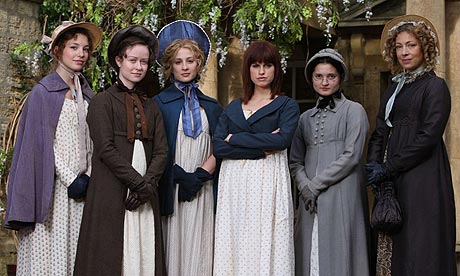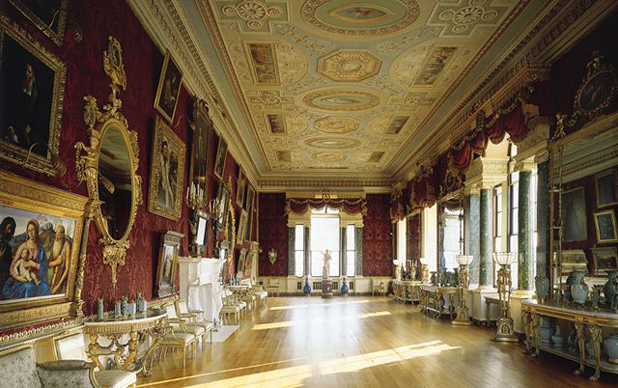Una Workhouse era un luogo dove persone che non erano in grado di sostenersi potevano andare per vivere e lavorare. L'immagine della desolata, inospitale Workhouse è una delle incrollabili impressioni dell'Inghilterra Vittoriana. Charles Dickens la descrisse nella sua opera "Oliver Twist", ma la descrizione del grande scrittore riguardo la repressiva, alienante Workhouse non è comunque in grado di raccontare la storia completa. Mettendola semplicemente, una workhouse era una pubblica istituzione che ospitava e nutriva persone che non erano in grado di sostenersi, ma questi semplici fatti nascondono una storia di orrore e disperazione.
Nel 1834, solo 3 anni prima che Vittoria divenne Regina, passò un atto parlamentare chiamato "Poor Law Amendment Act". Come risultato di ciò, molte workhouses furono costruite per sistemare persone povere. Erano state progettate per essere così rigide e oppressive che solo i veri bisognosi avrebbero cercato un rifugio in esse.
Si sperava che le case di lavoro avrebbero risolto il problema della povertà poichè molte persone ricche credevano che le persone erano povere perchè erano pigre, e li chiamavano "undeserving poor" (=poveri indegni)
Molte famiglie erano così povere da venir classificate come "paupers". "Pauperism" era un termine usato per descrivere persone che non avevano modo di mantenersi. Ma la povertà non era causata da pigrizia, come credevano i benestanti, ma dalla disoccupazione, dall'incremento della popolazione e dai prezzi alti del cibo.
Per molte persone le workhouses erano l'ultima risorsa. I "pazienti" venivano generalmente classificati in due diversi gruppi:
1. I "impotent poor" erano coloro che non erano in grado di badare a se stessi, come gli anziani, i bambini piccoli, i malati, i menomati, le madri non sposate, i ciechi e i pazzi.
2. Gli "able bodied poor" erano coloro che non avevano lavoro e quindi niente denaro per vivere.
Appena i "paupers" arrivavano alle workhouses venivano lavati e i loro capelli tagliati corti. Tutti i loro effetti personali venivano portati via e gli venivano date delle uniformi da indossare. Solitamente per le donne questa era una informe tunica senza giro vita che raggiungeva le caviglie, mentre gli uomini dovevano indossare camicie e pantaloni che calzavano male.

Nessun "paziente" poteva lasciare la workhouse se non permanentemente. Sfortunatamente, molti di loro morivano nelle workhouse a causa delle terribili condizioni.
Ancora peggio, alcuni bambini che nascevano nelle workhouse non vedevano mai il mondo esterno.
Il lavoro era disegnato per essere duro e tedioso ed era parte essenziale del regime delle wotkhouses.
La colazione era alle 5.00am da Marzo a Settembre e alle 7.00am negli altri mesi e si iniziava a lavorare dopo le preghiere. Con solo due pause per pranzare, cenare e altre preghiere, si andava a letto alle 8.
Si pensava che la religione avrebbe aiutato i poveri a superare la loro "pigrizia, incoscienza e ubriachezza".

Tutte informazioni tratte dal web Feb 2015









